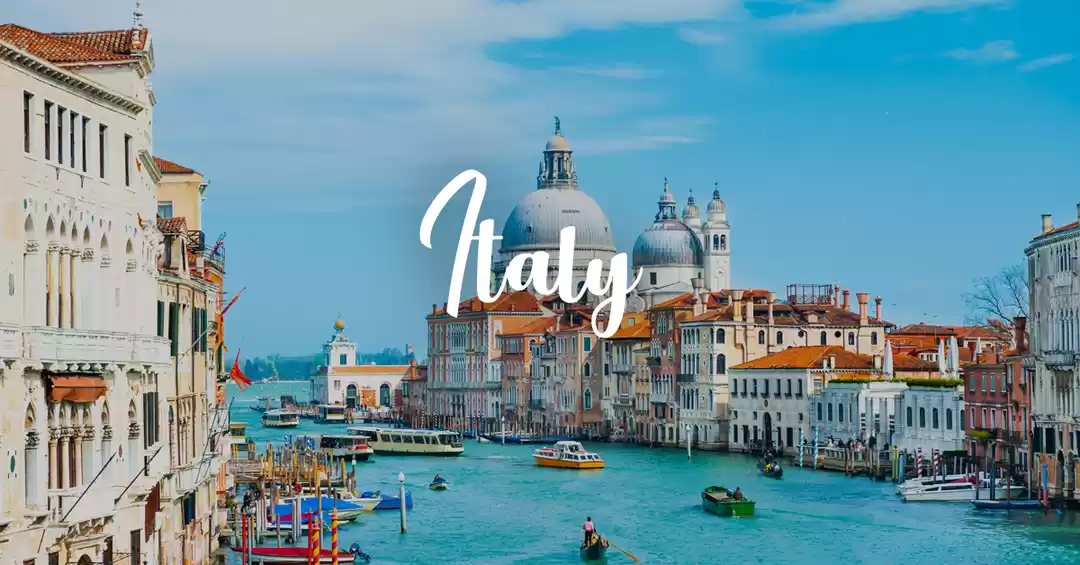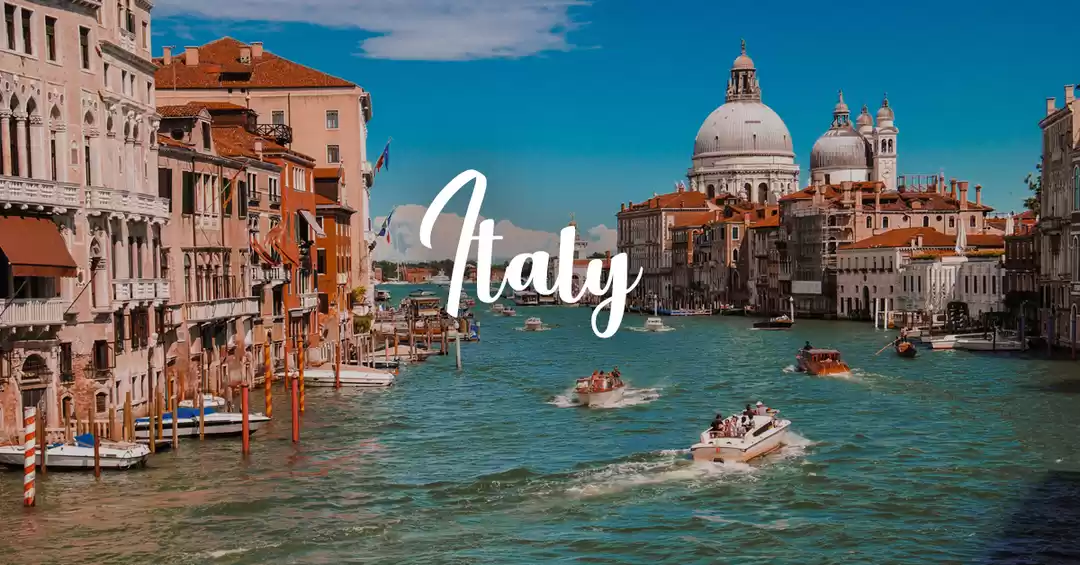A backpacking trip across Europe has always been on my mind. Towards the end of last year - 2016 that is, I could eventually make it happen.
Starting in Rome and then exiting Europe from Vienna, I spent 16 days in between, staying in 9 cities and visiting 4 countries.

Landing at Fiumicino, I took a train to Termini, to get to where I would be spending the next 4 nights. It's very important for me to choose a central stay location, so that I can make the most out of the stay, and Termini was ideal. Piazza della repubblica was a short walk away from where I was staying, and a visit to the cathedral was just the beginning of what would for the next few days be moments of boundless amazement.
The next day, I headed to the western part of Rome, starting with Trinita dei Monti. Climbing up the Spanish steps, I caught the first view of the Rome's skyline


Next destination was the Piazza del Popola. This huge Piazza with the obelisk at it's centre is a treat to the eyes. There are a number of cathedrals around the Piazza, which are probably not mentioned in a map. I visited quite a few of them; the uniqueness of the architecture and the richness of artwork in the interiors of the cathedrals always amaze me.

If you appreciate Western Classical music, then Rome is a great place to attend a concert. Vivaldi's Four Seasons is one of the greatest pieces of music, and I have been keen on listening to a live concert. The last time I was in Europe, in Prague, I narrowly missed the concert; this time there was no missing. Listening to my favorite musical piece and that too in the setting of a church, was a perfect start to the trip and the perfect finish to the day.

I started the next day early and headed straight to the heart of Rome - to the Colosseo or the Colosseum, as we know it.




Heading west from the Colosseum, I crossed the great forums of Rome and was greeted by the magnificent sight of the Monument of Vittorio Emanuele II.


From here, I walked down to the other biggest landmark of Rome - the fountain of Trevi or Fontana di Trevi.


From the Trevi Fountain, I headed to the Pantheon. This is one place I was most eager to visit. The grand architecture, and the sheer historical significance, left me spellbound. It was a gloomy and rainy day in Rome, and it didn't help my photographs, but the sight of the rain falling through the oculus of the Pantheon, more than made up for all the gloominess.

The last stop of the day was Piazza Navona, replete with interesting fountains and a gorgeous cathedral.

I started the next day with a visit to the far west of Rome, to the smallest country in the world, Vatican. After catching a quick glimpse of the St. Peter's Basilica and the square, I headed to the Vatican Museum.

Well, pages can be written about the Vatican Museum itself, owing to its vastness and richness - the mummies of Egypt, statues from different periods of Roman history, paintings and frescoes and the greatest work of art - the ceiling of Sistine Chapel. Without saying much, let me provide a pictorial glimpse of the museum.






Words can't describe the magnificence of the Vatican museum, hence no point attempting. After what was quite an overwhelming day, I wanted to see a side of Rome which is more regular, more normal. Taking the suggestion of a friend, I decided to visit Trastevere. Trastevere is at the southern part of Rome, across the Tiber. For the first time in the 4 days that I was in Rome, I came close to the day-to-day life of the citizens of Rome, except obviously when I visited the smaller cathedrals off the tourist map. It felt great to see people shopping for Christmas - buying flowers and cheese and wine and meat. And it also told me, how conveniently generations of Romans have balanced glorious history with contemporary lifestyle, and it isn't as common or easy.
Last day in Rome, before I head to another glorious Italian city - Florence, and I felt I still hadn't had enough. The day was bright, there was a nip in the air, and what would be better than a walk along the Tiber. Starting from the Vatican, I walked past Castel Sant' Angelo and Pallazo di Giustizia and crossed the Ponte Umberto I.


To carry over from last evening's experience of the regular life in Rome, I visited the open market in Campo de Fiori. From there I continued my walk along Tiber and crossed Isola - the island on the Tiber and made one more visit to the Trastevere, before bidding Rome goodbye.

It was time to move on to the next stop on my trip map, Florence. Getting to Florence from Rome is simple, there are trains almost every hour from the Termini station. I took a slow train (3 hours journey time) as it was cheaper and would also allow me to enjoy the Tuscan landscape, not zip past at a breakneck speed.
Florence is the birth place of Renaissance, so there is art in every corner, literally. Apart from the Renaissance period art and architecture, Florence is replete with street art.
I made my way to Piazza della Signoria. The following photographs provide a glimpse of the magnificent sculptures of Renaissance era which are at display at the Piazza and along the way.









A visit to Florence is never complete without the view of the city from Piazzale Michelangelo; because it is the best view of the city.

Like you can't miss this amazing view of Florence, you also can't miss visiting Galleria degli Uffizi. It not only gives you a lesson on the evolution of art in Europe but also houses some of the greatest paintings of the world.







The Basilica of Santa Croce is yet another landmark of Florence, but I could only see it from the outside. Though I had walked down the Ponte Vecchio, but the best view of it was from the Uffizi.


Before I move on to my next destination, let me provide a flavor of the street art I saw in Florence.



My last destination within Italy was Venice, and I wanted do a brief pit stop somewhere before getting there. So bidding Florence goodbye, I headed for Bologna. Bologna is quite close to Florence and is well connected by train. It was Christmas eve and I didn't have elaborate plans, and Bologna seemed perfect.
I lazily walked down the streets and walked into the cathedrals before reaching the foot of the Two Towers - Asinelli and Garisenda. It was quite surprising to learn that the Tower of Asinelli was the tallest leaning tower in Italy, much taller than the tower of Pisa (97 meters as compared to 56 meters).



The next morning, before leaving for Venice, I walked down to the University of Bologna - the oldest university of the world. Its alumni include Copernicus, Malfighi, Galvani, Marconi, Enzo Ferrari and had Dante Alighieri among others, as faculty.
It was time to head to Venice and a train journey later I was there. Again, the less I say about the Venice, the better. Its visually so rich, that I'll let some of my photographs do the talking.



Few tips however on Venice - If you are in Venice for limited time, it's quite useful to buy the 24 hour vaporetti ticket. It gives you quick and convenient access to different parts of the city. It's quite easy to get lost, rather end up at dead ends, and might lead of loss of time.
At times there is a long wait for a vaporetti, so in case you need to be somewhere on time, get to the vaporetti station well in advance. Some stations don't have a ticket counter, but one can buy tickets on the vaporetti.
If you are going to Murano or Burano, be mindful of the vaporetti schedules. Due to large gaps between two trips, often there is a rush, so get to the station in advance. More so, if you are photographer, this can get you the best spot on the vaporetti.




The Italy part of my trip was complete and it was time to head north east. My next destination was Bled, in Slovenia. The trip got only more interesting from here, and definitely colder.
Watch out for the part 2 of the post.
























